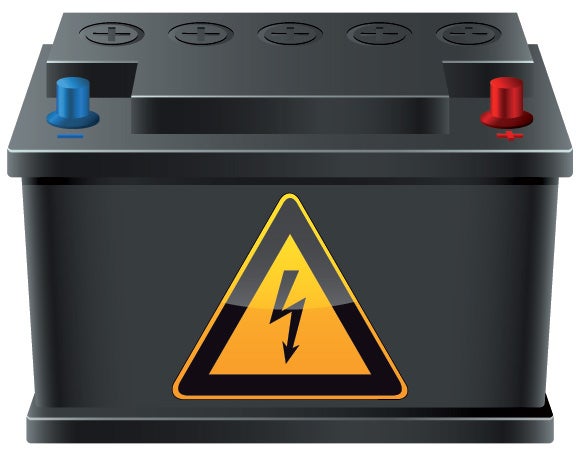New Jersey to Make Grid Smarter, More Flexible with Energy Storage

Energy storage devices that collect electricity at times of abundance and deliver when demand is greatest are essential to upgrading our outdated power grid to a smarter, more flexible electricity system. New Jersey took a positive step toward implementing more energy storage earlier this year when its Office of Clean Energy released a proposal to allocate $2.5 million for incentives that would encourage more energy storage use. EDF recently took the opportunity to comment on the proposal, highlighting the ways in which energy storage can deliver added resiliency, environmental benefit, and flexibility.
Energy storage could be critical in next storm
Energy storage can help stabilize a power grid, which is particularly important in a place like New Jersey where Superstorm Sandy left a third of homes and businesses in the state without electricity, even five days after the disaster. Large-scale deployments of energy storage can reduce peak or high demand, when the dirtiest power plants are usually turned on, while smaller, community-scale energy storage, when paired with renewable energy like solar power, can keep the lights on when the electric grid at large goes down.
This last benefit could be particularly helpful in the event of another grid failure. Energy storage could prove a critical tool in hard-hit communities by keeping the power running in facilities like hospitals and shelters.
EDF’s recommendations for New Jersey’s energy storage program
EDF recommended New Jersey’s energy storage initiative include effective monitoring and reporting, which ensures that positive steps accomplished by this program are not lost or isolated. “Given that the state is engaged in a number of clean and resilient energy initiatives, a monitoring and reporting component could be critical in communicating program benefits, challenges, and design features to the public, interested parties, and other state agencies,” EDF said in its comments.
EDF also asked New Jersey to release more information on the program’s technical criteria in three areas:
- Maturity and proven success of the technology,
- Commercial availability and track record of equipment, and
- Performance and reliability of the proposed energy storage system relative to cost.
EDF is continuing to work with New Jersey on these issues to help bring about the right energy storage solutions in the state.
EDF is advocating for the right investments in New Jersey’s energy sector to make the state’s power grid more resilient, stable, and clean. The proposal is a step in that direction, providing one tool in creating a better, smarter, and stronger energy system in the state.











2 Comments
How about just making the grid accommodate renewable power when the grid goes down? The sun shines and the wind blows and the geothermal all do their thing when the grid goes down.
NJ has no plans for that.
Hi Bill! Thanks for commenting. Actually, energy storage accomplishes exactly this. The NJ proposal requires that the energy storage be tied to renewable energy so, in the event of a grid failure, the energy storage (linked to renewable energy) could then power critical functions to help those in the wake of a disaster. Hope that helps!